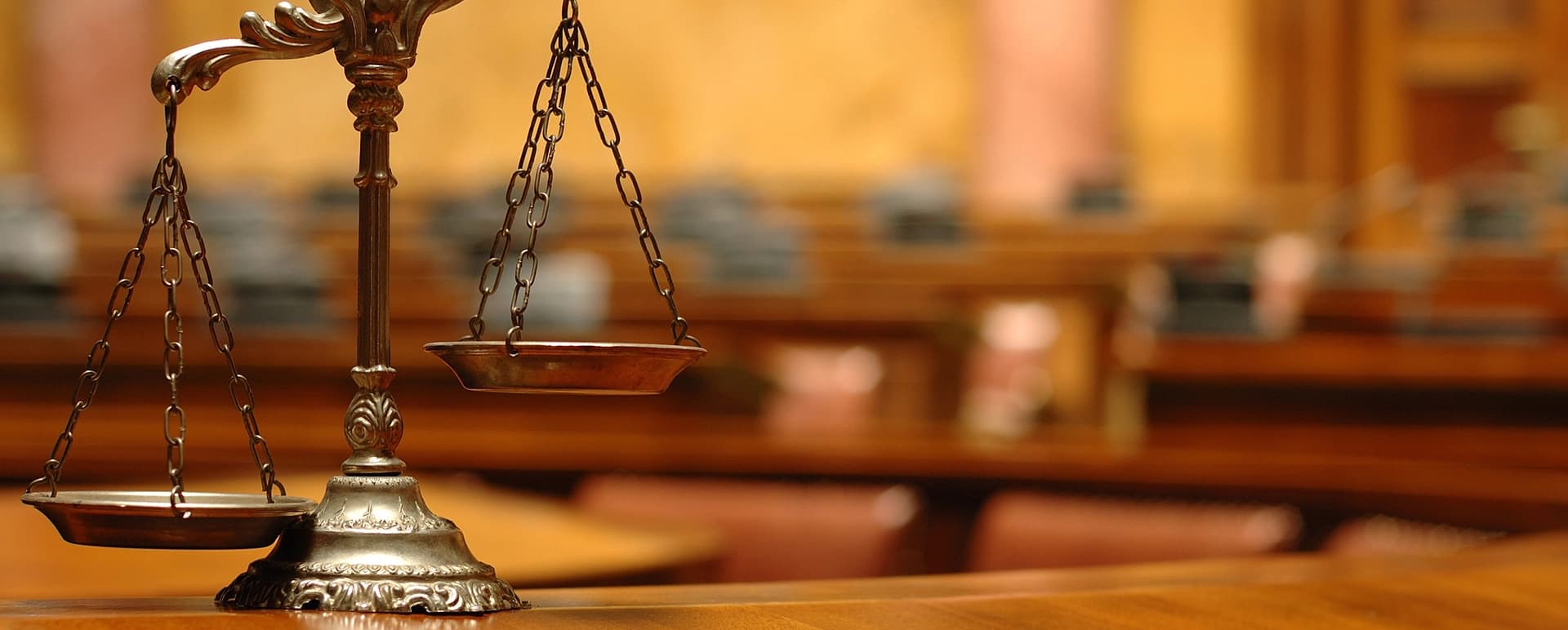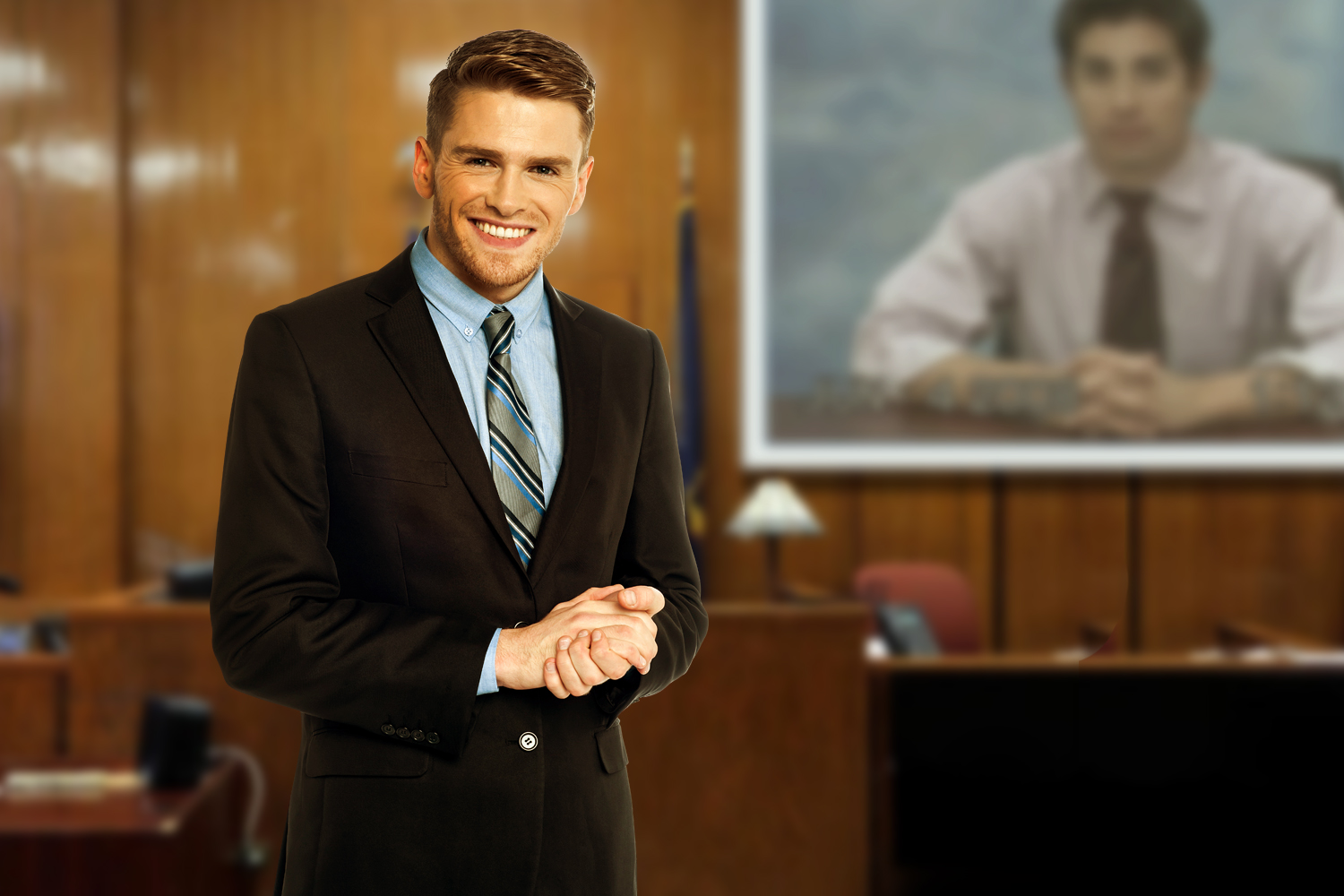Trial Presentation High-Quality Solutions for Legal Presentations
Trial Presentation High-Quality Solutions for Legal Presentations
Blog Article
Captivate the Court: Necessary Components of a Powerful Test Presentation
In the realm of legal campaigning for, the capacity to mesmerize a court is extremely important to the end result of a trial (trial presentation). Important elements such as recognizing the target market, crafting a compelling story, and understanding spoken and non-verbal communication are essential components of an efficient presentation. In addition, the tactical usage of visual aids can considerably boost understanding and retention of essential arguments. As these variables intertwine, they create a natural technique that not just notifies but likewise engages jurors on several degrees. What details methods can truly change a conventional discussion into a remarkable experience for the court?

Comprehending Your Target Market
Comprehending your target market is a critical facet of reliable trial presentation. An effective presentation rests on the capability to comprehend the demographics, worths, and proneness of jurors. This comprehension informs how debates are mounted, proof exists, and emotional appeals are crafted, guaranteeing that the message resonates with the jurors on a personal level.
Research indicates that jurors come from diverse backgrounds and might have differing levels of understanding regarding lawful proceedings. Furthermore, understanding the jurors' prospective prejudices and life experiences permits the trial presenter to anticipate objections and address problems proactively.
Efficient test presentation additionally involves observing jurors' reactions during the process. Engaging with jurors as people rather than a collective device is important in fostering a solid connection in the court.

Crafting a Compelling Story
Crafting a compelling narrative is vital in assisting jurors through the intricacies of a situation. A well-structured narrative not just simplifies intricate lawful ideas but additionally engages jurors on a psychological level, making the info much more relatable and memorable.
To achieve this, lawyers should begin by identifying the core message they wish to communicate. This message should resonate with the jurors' values and experiences, fostering a link that goes beyond mere realities. The narrative must unfold rationally, presenting occasions in a clear sequence to stay clear of confusion. This chronological strategy can help jurors comply with the progression of occasions, emphasizing domino effect.
Integrating human elements-- such as individual stories or anecdotes-- can better enhance the narrative's effect. These components stimulate empathy, enabling jurors to picture the repercussions of the instance on the real worlds. Additionally, utilizing a constant style throughout the discussion enhances the primary argument, making it much easier for jurors to preserve critical points.
Eventually, a compelling narrative transforms a trial discussion from a mere recitation of facts into a convincing story that mesmerizes the jury, motivating them to mull over with both reason and emotion.
Using Visual Aids
Incorporating aesthetic help into a trial discussion can dramatically improve jurors' understanding and retention of information. Aesthetic materials such as charts, representations, photographs, and video clips can change complex legal concepts and proof into easily digestible formats. By involving multiple detects, these help enable jurors to visualize the instance's crucial elements, making it easier for them to adhere to along and comprehend complex information.
Furthermore, properly designed visual help can emphasize crucial points and emphasize partnerships between various pieces of proof. Timelines can effectively show the series of occasions, while annotated photos why not find out more can clarify certain details appropriate to the case. This not just help in understanding however additionally enhances the narrative presented by the lawyer.
It is important, nonetheless, to guarantee that aesthetic aids are pertinent, clear, and skillfully presented. Excessively intricate or cluttered visuals may bewilder jurors and interfere with the message. When used judiciously, visual aids offer to complement the oral debates and enhance the overall influence of the trial discussion. Ultimately, effective aesthetic interaction can be a powerful tool in convincing jurors and assisting them reach educated verdicts.
Grasping Verbal Communication
Efficient spoken interaction is crucial in a trial discussion, as it works as the main means where lawyers share their debates and connect with jurors. Mastering this skill includes clearness, persuasion, and interaction. Lawyers need to verbalize their factors clearly and briefly, avoiding lawful top article lingo that might puzzle jurors. Simpleness in language cultivates understanding and aids jurors realize complex problems provided during the trial.
Additionally, tone and pacing considerably impact how messages are gotten. A confident tone conveys authority, while ideal pacing permits jurors to take in information without really feeling overwhelmed. Lawyers need to likewise vary their singing inflections to highlight essential factors and preserve jurors' interest throughout the discussion.
Additionally, the company of verbal arguments is necessary. Structuring the narrative practically and coherently assists jurors adhere to the lawyer's line of reasoning, making it much easier for them to preserve crucial information. Making use of convincing techniques, such as storytelling, can also improve the psychological vibration of the arguments offered, thus developing a much more extensive link with jurors.
Eventually, mastering spoken communication not just enhances a lawyer's case yet also cultivates depend on and connection with the court, significantly boosting the chances of a desirable verdict.

Involving With Body Language
Nonverbal interaction plays a crucial function in trial discussions, commonly communicating messages that words alone can not reveal. Body movement, incorporating gestures, posture, facial expressions, and eye contact, considerably influences just how jurors perceive the trustworthiness and sincerity of the speaker. A positive stance, read this with shoulders back and an open stance, can instill depend on, while closed-off body language might recommend defensiveness or unpredictability.

Faces should show the emotions related to the situation, strengthening the narrative existing. A sincere expression during a touching moment can evoke empathy and enhance the psychological appeal. Eventually, mastering body movement is important for reliable test presentations, as it improves spoken communication and establishes a compelling presence that resonates with the jury.
Verdict
To conclude, mesmerizing the court demands a tactical technique that incorporates comprehending the target market, crafting an engaging narrative, using aesthetic help, mastering spoken interaction, and engaging with body movement. Each component plays an important role in producing an effective trial presentation that resonates with jurors on both emotional and intellectual levels (trial presentation). By integrating these components properly, lawyers can substantially improve their capacity to encourage and affect jury decision-making
Report this page